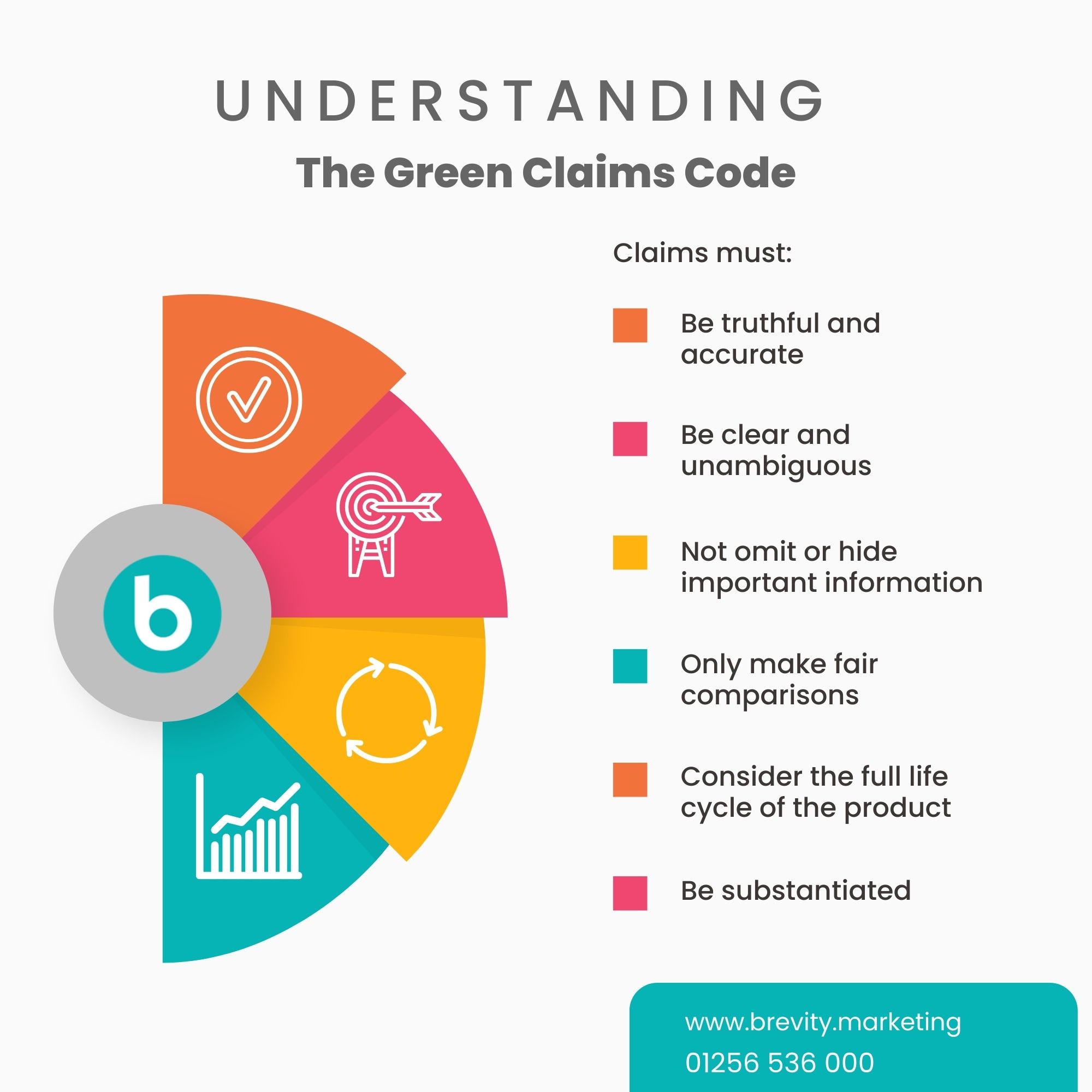The Green Claims Code is a set of guidelines for companies and organisations to follow when making environmental claims about their products, services or operations. The purpose of the code is to ensure that claims made about environmental aspects are clear, accurate, and not misleading. The code applies to any business or organisation, regardless of size or industry, that makes environmental claims about its products or services.
The Green Claims Code is not a legally binding document, but it is widely recognised and respected by businesses and consumers alike. Companies that adhere to the code are seen as more environmentally responsible and trustworthy, which can help to build brand reputation and customer loyalty.
Additionally, following the code can help companies avoid legal challenges and reputational damage that can result from making false or misleading environmental claims. Just like Innocent Drinks back in 2021!
The 6 principles of the Green Claims Code
Let’s take a closer look…
The Green Claims Code covers a wide range of environmental claims, including claims about energy efficiency, resource conservation, waste reduction, and greenhouse gas emissions. It also includes guidelines for making claims about the environmental impact of products, services, and operations over their entire lifecycle, from raw materials to disposal.
One of the key principles of the Green Claims Code is that claims must be based on credible evidence. This means that companies must have adequate data and evidence to support the claims they make about their products or services. The code also requires that claims be presented in a clear and understandable way, so that consumers can easily understand what the claim means and what it is based on.
Another important principle of the Green Claims Code is that claims must be accurate and not misleading. This means that companies must not overstate the environmental benefits of their products or services, and must not make claims that cannot be supported by credible evidence. The code also requires that companies must not make environmental claims that are vague, ambiguous, or likely to confuse consumers.
The Green Claims Code also includes guidelines for using environmental labels and certifications. Labels and certifications can be a useful way for companies to communicate the environmental benefits of their products or services, but they must be used in a responsible and credible way. The code requires that labels and certifications must be based on credible evidence, and that they must be transparent and easily understood by consumers.
The benefits of following the Green Claims Code
Adhering to the Green Claims Code is a key part of being a responsible and future-focused business. It not only helps to build brand reputation and customer loyalty, but it also helps to ensure that environmental claims are accurate and not misleading. By following the code, companies can demonstrate their commitment to environmental sustainability, and help to create a more sustainable future for all.
The Green Claims Code is an important tool for businesses and organisations that want to make environmental claims about their products or services. By following the code, companies can ensure that their claims are clear, accurate, and not misleading, and that they are helping to create a more sustainable future. Companies that adhere to the code are seen as more environmentally responsible and trustworthy, which can help to build brand reputation and customer loyalty, and help them to avoid legal challenges and reputational damage.
Let’s work together to make a positive impact. Brevity can help you cut through the sustainability ‘noise’ and effectively communicate your purpose to your target audience. Contact us on 01256 536 000 or email hello@brevity.marketing today to find out more!


 Written by Laura Brown
Written by Laura Brown
